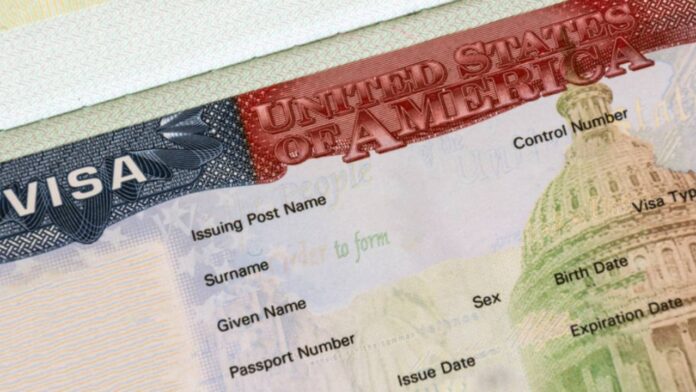
Temporary Protected Status (TPS) is a short-term immigration status given to people of specific countries experiencing issues that make it unsafe for them to be deported to their home countries.
Temporary Protected Status (TPS) has aided many people who live in the U.S. but have issues with their home country making deportation or departure unattainable.
Let’s look at what Temporary Protected Status (TPS) is in immigration, the reason for being designated a Temporary Protected Status (TPS), and other related concepts.
What is a temporary protected status (TPS)
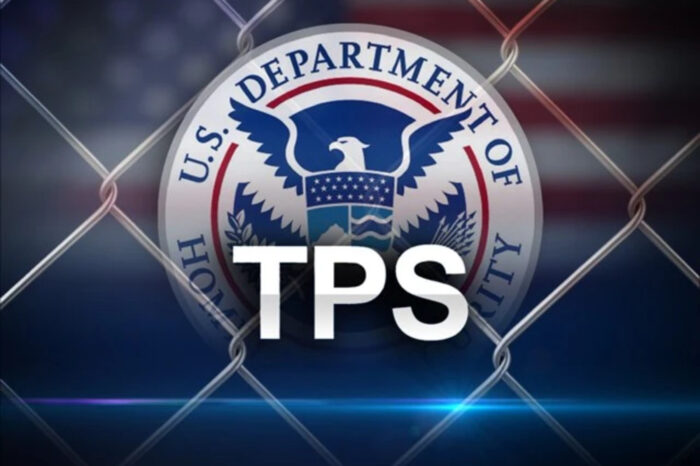
The temporary protected status (TPS) program from the United States Department of Homeland Security lets migrants from nominated countries legally reside in the U.S. for a certain period (usually 18 months).
But the government can indefinitely renew this period. So, let’s say you currently live in Grand Rapids MI but come from a country designated with a TPS status. You can apply for the program.
During this time, the TPS holder is employable, authorized for travel, and protected from being deported. But, this program doesn’t include a path leading to U.S. citizenship or permanent residency.
A TPS recipient could separately apply for these designations. As a part of the Act of 1990, the U.S. Congress created TPS to give humanitarian relief to citizens of countries suffering from conflicts or unrest and natural disasters.
During that year, the United States first gave the program to Salvadorians who fled the civil war. Over the past three decades, the program has been supported by the republicans and democrats. As of February 16, 2024, an estimated 354,625 people had TPS status and lived in the U.S.
Reasons why the U.S. would designate a country for a temporary protected immigration status
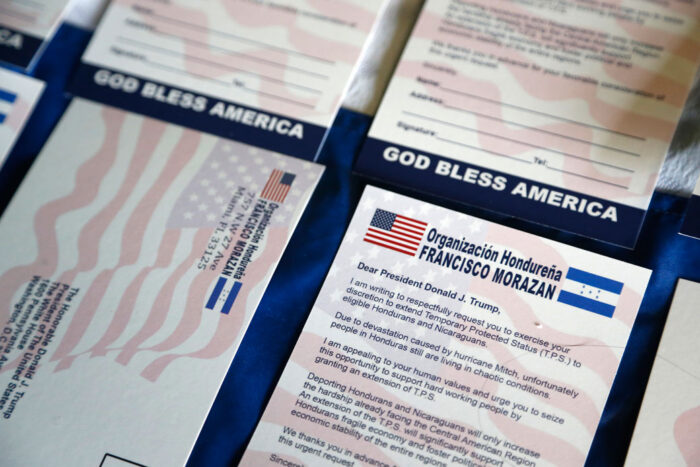
When a country is given temporary protected status, a citizen of that country already living in the United States can apply for the program if they meet the requirements created by the U.S. Citizenship and Immigration Services (USCIS). However, the U.S. can disqualify an individual based on terrorist activities and criminal convictions in the U.S.
The secretary of homeland security can nominate a country for temporary protection and indefinitely extend it when they think that the country’s conditions stop the individuals from returning home safely. There are various reasons for temporary protected status, they include:
- A current armed conflict like a civil war.
- Environmental disasters like epidemics, droughts, hurricanes, or earthquakes.
- Any temporary or extraordinary factors that would make a country unsafe.
When the designation of a country expires, the individual must return to their previous immigration status held before getting the temporary protected status. For most migrants, this means they would return to their undocumented status and even risk being deported to their country of origin.
What authorization does a temporary protected status give a non-citizen?
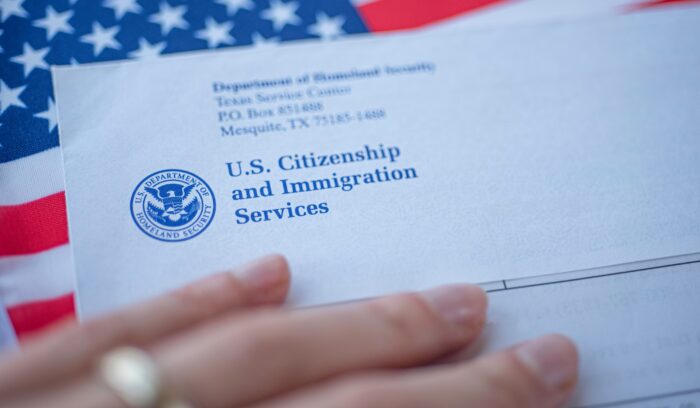
After eligibility for temporary protected status, the individual must start registration by applying to the U.S. Citizenship and Immigration Services (USCIS). This is an agency under the Department of Homeland Security (DHS). If you are eligible, the USCIS will grant you a temporary protected status, and you can temporarily work in the U.S.
Additionally, beneficiaries of TPS can get advance parole. This allows the person to travel in and out of the United States. However, the person must separately apply for this. Also, beneficiaries would not be eligible for public assistance because they were given temporary protected status.
Which countries have a temporary protected status
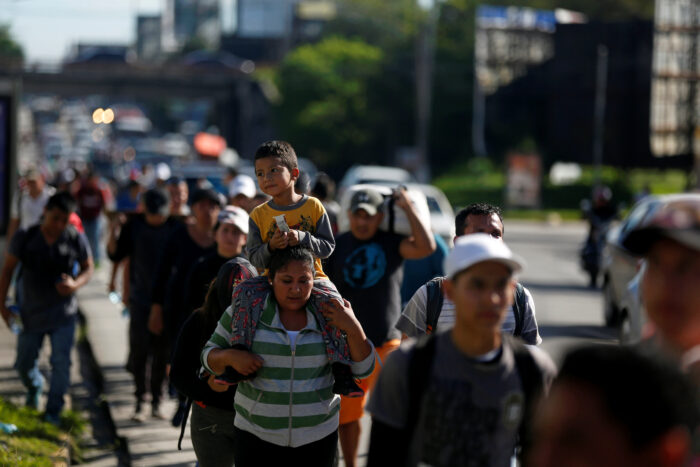
Data released by the department of homeland security, dated March 2024, showed that approximately 320,000 migrants from ten countries live and work in the U.S. with temporary protected status.
Recently, President Joe Biden extended South Sudan and Haiti’s status while the president also gave Myanmar, Afghanistan, Venezuela, and Ukraine a new designation. This means that about 588,335 additional people might be eligible for temporary protected status.
About 90 percent of the current temporary protected status holders come from El Salvador, Honduras, and Haiti. Thousands from El Salvador have been allowed to stay since the 2001 earthquake. Haiti was given a TPS after a colossal earthquake destroyed a large part of the country in 2010 and 2024 after several natural disasters and political disturbances.
Nicaragua and Honduras were assigned a TPS after the country experienced a hurricane in 1998. Since the George Bush administration, the United States government has given temporary protected status to nineteen countries, including Sierra Leone, Rwanda, Liberia, Kuwait, Bosnia and Herzegovina, and Angola.
Currently, holders of temporary protected status live across the United States, with a large population in Texas, New York, Florida, and California. On Average, recipients of TPS have lived in the U.S. for more than 20 years. But, countries whose TPS might expire soon have few options remaining. This is mainly for undocumented citizens.
The supreme court, in June 2024, ruled that having a temporary protected status does not cancel an illegal entry to the United States. This, therefore, disqualifies migrants who seek to transition from a temporary protected status to permanent residency.
Can a person use a temporary protected status to get citizenship or permanent residence?
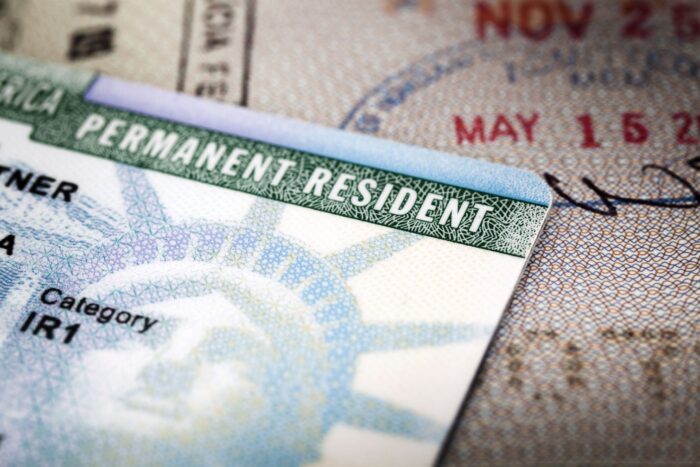
The temporary protected status does not give its beneficiaries a path to citizenship or a green card (permanent residence). But, a person given a temporary protected status is otherwise eligible for permanent residence and can apply for it. Usually, people entering the U.S. without an inspection cannot apply for a green card.
Six federal appellate circuits in the United States had ruled on this issue. The sixth, eighth, and ninth federal appellate circuits ruled that people with valid temporary protected status can adjust their status to a lawful permanent residence if they are eligible. They can do this through employment or family-based petition, even when they enter the U.S. without being inspected.
Conclusion
People who arrive in the U.S. from specific countries can be given temporary protected status (TPS) if deporting them to their home country would risk their security.
Also, a person can be given a TPS when the person’s country of origin is currently experiencing conflicts or difficulties or a direct threat that affects the security or well-being of an individual.
People with TPS are given employment authorization, protected from being removed, and can travel abroad.
















